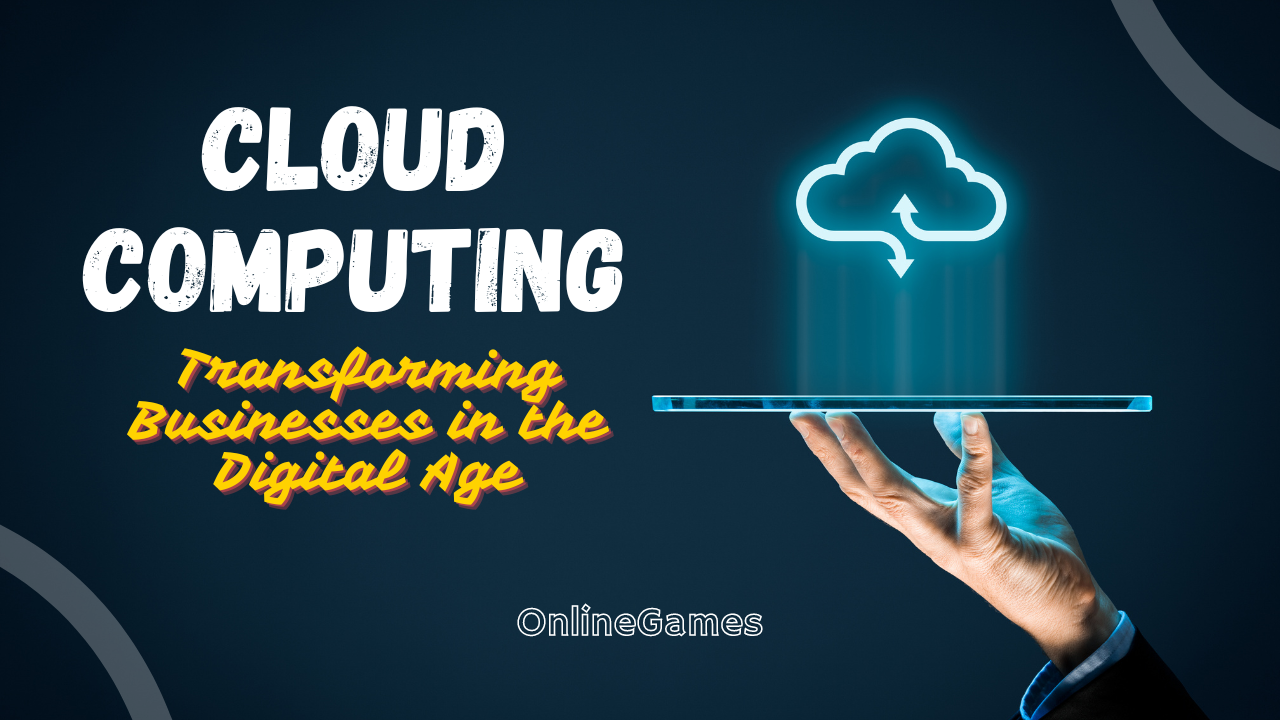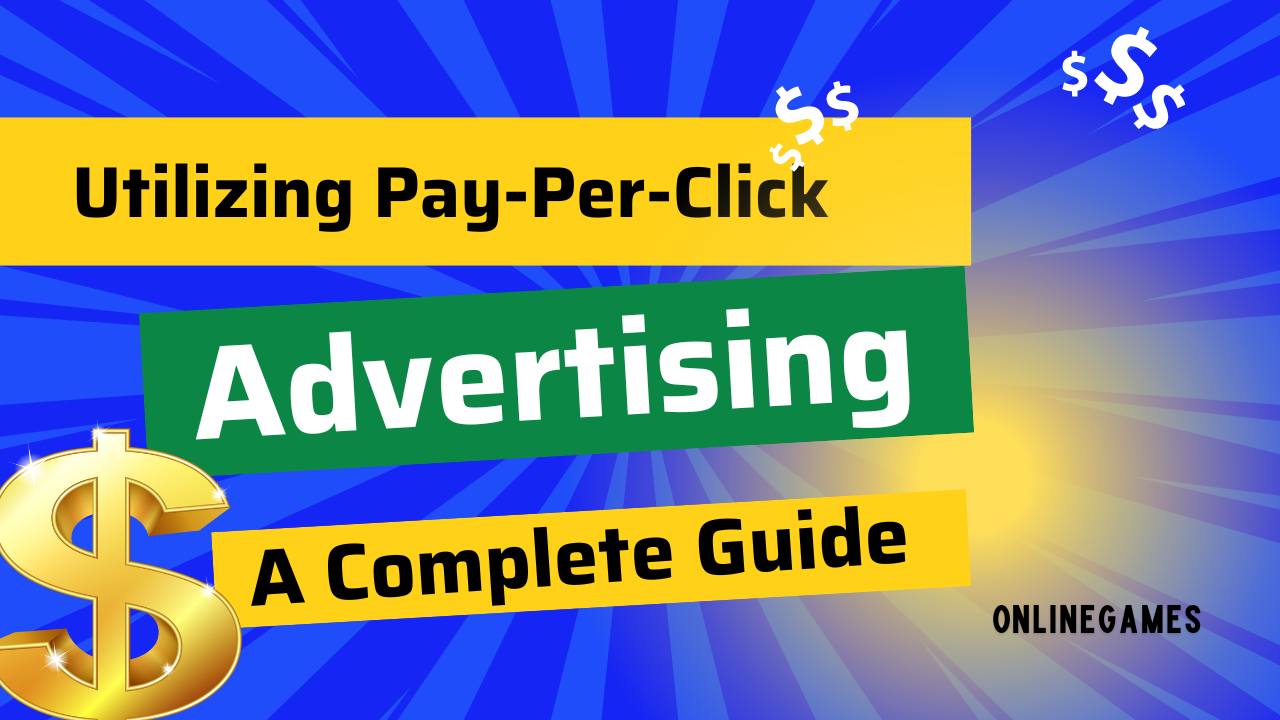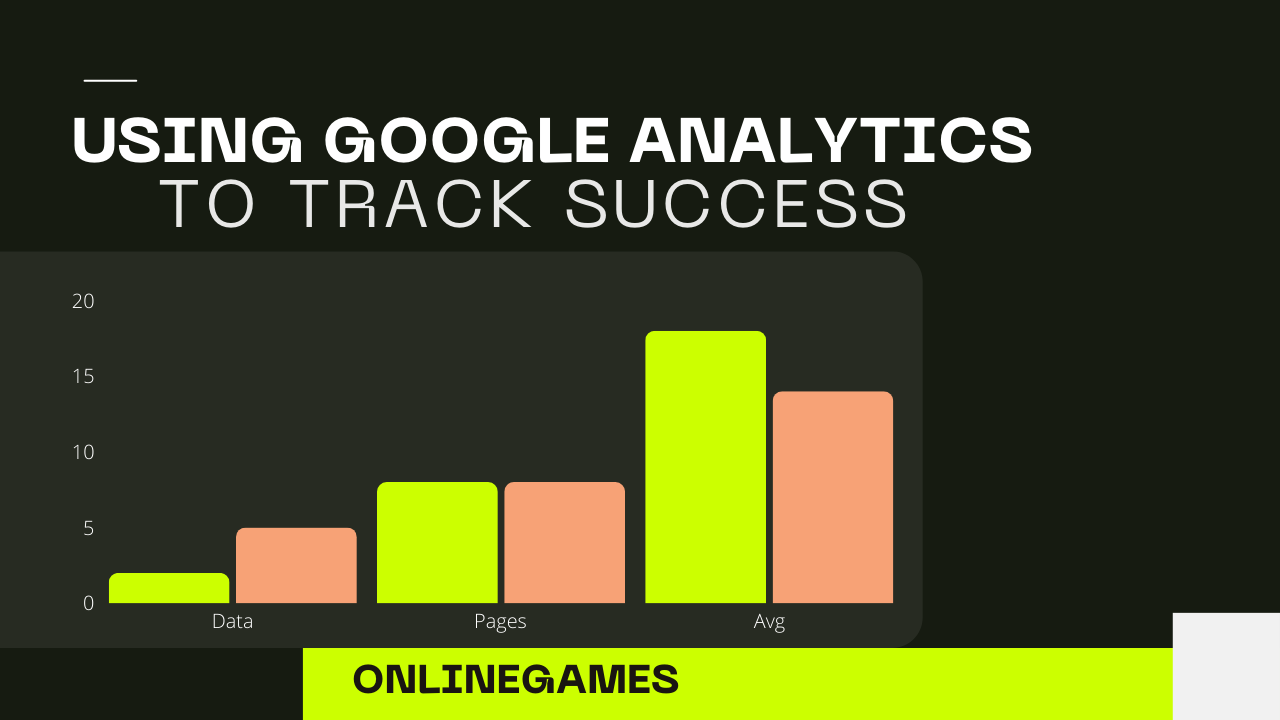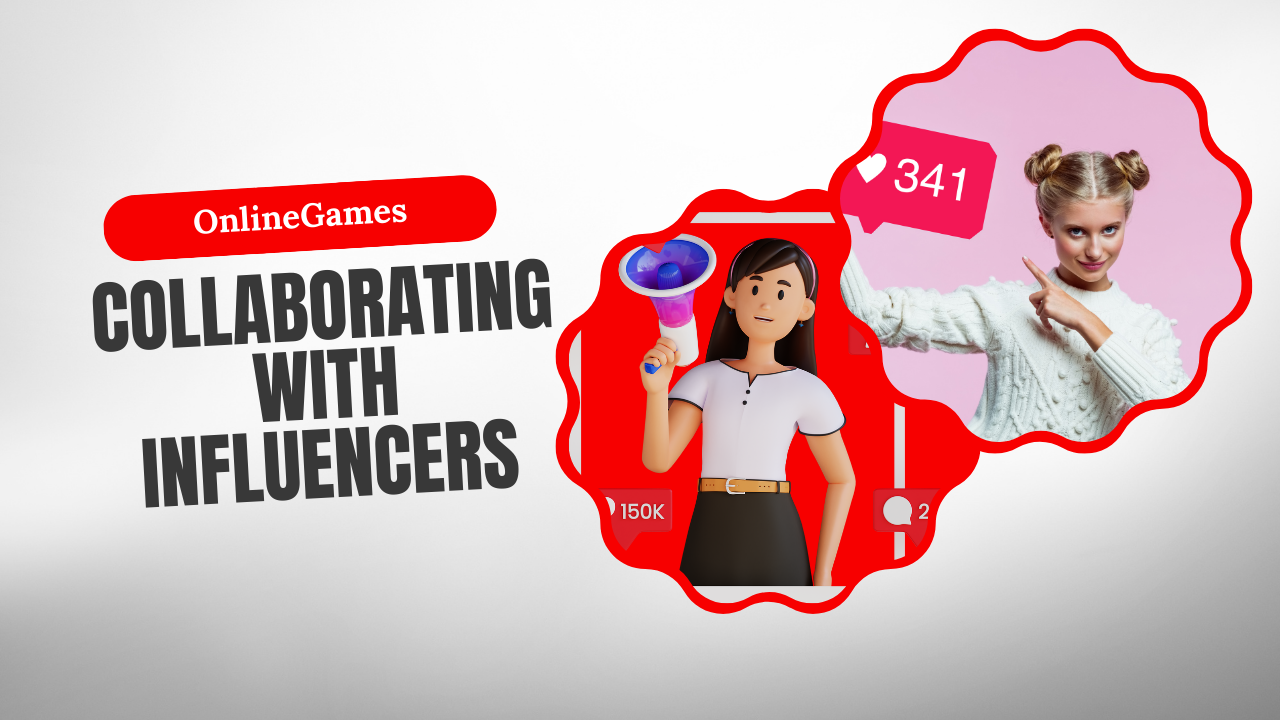In the competitive digital marketplace, Pay-Per-Click (PPC) advertising stands out as a powerful tool to drive targeted traffic, generate leads, and increase sales. This comprehensive guide will walk you through the nuances of PPC advertising, helping you understand its mechanics, benefits, and strategies for effective implementation.
Understanding Pay-Per-Click Advertising
Pay-per-click (PPC) is an online advertising model where advertisers pay a fee each time one of their ads is clicked. It’s essentially a way of buying visits to your site, rather than attempting to earn those visits organically. The most popular platforms for PPC include Google Ads, Bing Ads, and various social media platforms like Facebook Ads and LinkedIn Ads.
Key Components of PPC Advertising
- Keywords Keywords are the foundation of PPC campaigns. These are the words and phrases that potential customers type into search engines. Effective keyword research helps in identifying the terms that your target audience is searching for, thereby maximizing the relevance and reach of your ads.
- Ad Copy Crafting compelling ad copy is crucial for capturing the attention of your audience. The ad should be clear, concise, and relevant to the keywords you are targeting. It should also include a strong call-to-action (CTA) to encourage clicks.
- Landing Pages The landing page is where users land after clicking on your ad. It should be closely aligned with the ad’s message and provide a seamless experience. A well-designed landing page with a strong CTA is critical for converting clicks into leads or sales.
- Bid Amount The bid amount is the maximum you are willing to pay for each click on your ad. The cost of PPC ads is determined through a bidding process, where advertisers compete for ad placement in search engine results or on websites.
- Quality Score Quality Score is a metric used by search engines like Google to evaluate the relevance and quality of your PPC ads and landing pages. A higher Quality Score can lead to better ad placements and lower costs per click (CPC).
Benefits of Pay-Per-Click Advertising
PPC advertising offers several advantages for businesses of all sizes. Here are some key benefits:
Immediate Results
Unlike SEO, which can take months to show results, PPC campaigns can drive traffic to your website almost immediately. This makes it ideal for time-sensitive campaigns and quick market testing.
Targeted Advertising
PPC allows for precise targeting options. You can target users based on keywords, demographics, location, time of day, and even device type. This ensures that your ads are shown to the most relevant audience, increasing the likelihood of conversions.
Cost Control
With PPC, you have complete control over your budget. You can set daily or monthly spending limits, ensuring you never exceed your budget. Additionally, since you only pay when someone clicks on your ad, you’re not wasting money on impressions that don’t lead to engagement.
Measurable ROI
PPC provides detailed analytics, allowing you to track the performance of your ads. Metrics like impressions, clicks, and conversions give you valuable insights into the effectiveness of your campaign, enabling you to calculate your return on investment (ROI) accurately.
Enhanced Brand Visibility
Even if users don’t click on your ad, they still see it. This increases your brand’s visibility and awareness, potentially leading to future conversions.
Setting Up a Successful PPC Campaign
Launching a successful PPC campaign requires careful planning and execution. Here’s a step-by-step guide to help you get started:
Step 1: Define Your Goals
Before you start, it’s essential to define what you want to achieve with your PPC campaign. Common goals include increasing website traffic, generating leads, boosting sales, or enhancing brand awareness. Clear goals will help you tailor your campaign strategy accordingly.
Step 2: Conduct Keyword Research
Effective keyword research is crucial for identifying the terms your target audience is searching for. Use tools like Google Keyword Planner, SEMrush, or Ahrefs to discover relevant keywords with high search volume and low competition. Focus on long-tail keywords, as they are often less competitive and more targeted.
Step 3: Create a Compelling Ad Copy
Your ad copy should be engaging and relevant to the keywords you’re targeting. Include a strong CTA that encourages users to take the desired action. Test different variations of your ad copy to see which performs best.
Step 4: Design Effective Landing Pages
Ensure that your landing pages are optimized for conversions. They should be relevant to your ad copy, load quickly, and have a clear CTA. Use A/B testing to experiment with different landing page designs and content to see what resonates most with your audience.
Step 5: Set Your Budget and Bids
Determine your budget based on your goals and the cost-per-click (CPC) for your chosen keywords. Set bids for each keyword, keeping in mind that a higher bid increases the chances of your ad being shown. Use tools like Google Ads’ Bid Simulator to estimate the potential impact of different bid amounts.
Step 6: Monitor and Optimize Your Campaign
Once your campaign is live, continuously monitor its performance using analytics tools. Track key metrics such as click-through rate (CTR), conversion rate, and cost per conversion. Make data-driven adjustments to your keywords, ad copy, and bids to optimize your campaign’s effectiveness.
Advanced PPC Strategies for Maximizing ROI
To take your PPC campaigns to the next level, consider implementing these advanced strategies:
Remarketing
Remarketing targets users who have previously visited your website but didn’t convert. By displaying ads to these users as they browse other websites or use search engines, you can remind them of your offerings and encourage them to return and complete the desired action.
Ad Extensions
Ad extensions enhance your ads by providing additional information such as phone numbers, links to specific pages, or promotional offers. They can improve your ad’s visibility and CTR, leading to higher conversion rates.
Dynamic Keyword Insertion
Dynamic Keyword Insertion (DKI) automatically updates your ad text to include the keywords that users are searching for. This increases the relevance of your ads and can lead to higher CTR and Quality Score.
Geotargeting
Geotargeting allows you to focus your ads on users in specific locations. This is particularly useful for local businesses or campaigns targeting particular regions. Adjust your bids based on the location to maximize the effectiveness of your ads in those areas.
Seasonal and Time-Based Targeting
Tailor your ads to seasonal trends or specific times of the day. For example, a retailer might increase bids and budget during the holiday shopping season, while a restaurant might focus on lunchtime promotions. Analyzing past data can help identify the best times to target your audience.
Common PPC Pitfalls to Avoid
While PPC can be highly effective, it’s easy to make mistakes that can cost you money. Here are some common pitfalls to watch out for:
Ignoring Negative Keywords
Negative keywords prevent your ads from showing for irrelevant searches. Failing to use them can lead to wasted ad spend on clicks that are unlikely to convert. Regularly review and update your negative keyword list to ensure your ads are only shown to relevant audiences.
Overlooking Mobile Optimization
A significant portion of internet traffic comes from mobile devices. Ensure your ads and landing pages are optimized for mobile to provide a seamless user experience and increase the likelihood of conversions.
Not Tracking Conversions
Without tracking conversions, you won’t know which ads and keywords are driving results. Use conversion tracking tools to measure the effectiveness of your campaign and make informed decisions about where to allocate your budget.
Setting and Forgetting
PPC campaigns require ongoing monitoring and optimization. Regularly review performance metrics, adjust bids, and test new ad variations to keep your campaign effective and competitive.
Utilizing Pay-Per-Click advertising can be a game-changer for your digital marketing efforts. By understanding the key components, benefits, and best practices, you can create PPC campaigns that drive targeted traffic, generate leads, and ultimately boost your bottom line. Continuous monitoring, testing, and optimization will ensure that your PPC campaigns remain effective and deliver a strong return on investment.










